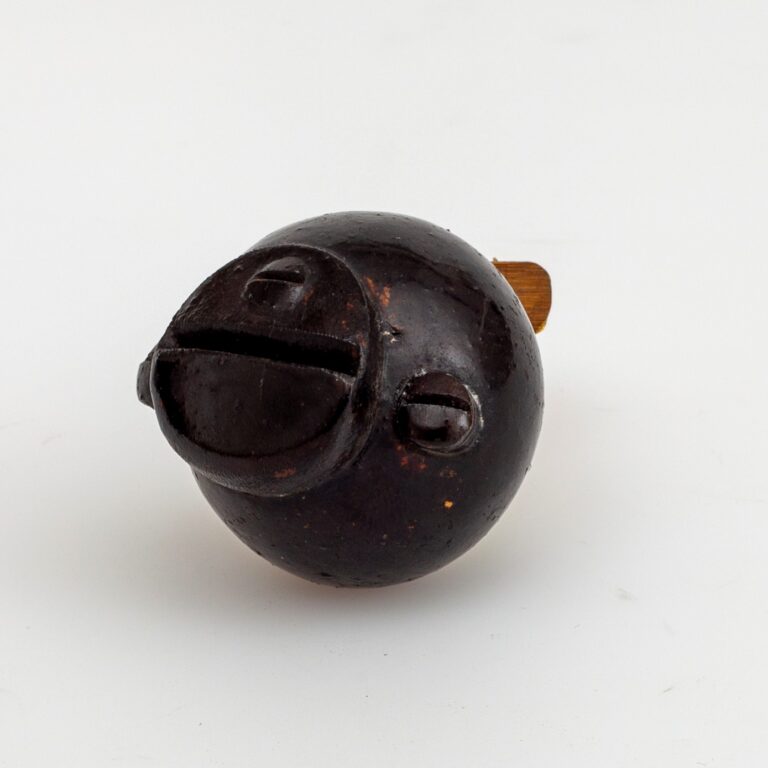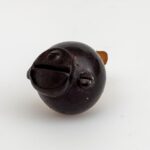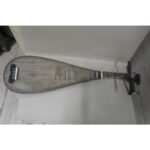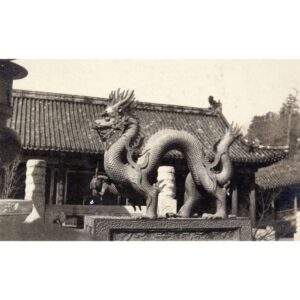Pigeon whistle
A pigeon whistle of the gourd type. The pigeon whistle, known in China as geling 鴿鈴 or geshao 鴿哨, is a small musical instrument belonging to the Aeolian group of musical instruments. It is attached to the tail of a pigeon with the help of a spindle, so that it emits a sound when the bird flies. The whistle is usually made of light materials such as gourd and bamboo, and is lacquered. In many cases, manufacturers ornament them with engraved patterns and ivory decorations. In China, the pigeon whistle has been used since at least the beginning of the Qing Dynasty (1644–1912). The earliest mentions of pigeon whistles in literature date back to the Northern Song period (960–1127). They were also typical of other Asian areas such as Indonesia and Japan. In the past, the sound of pigeon whistles, also known as “heavenly music”, was a key feature of the Beijing soundscape. Nowadays, it is increasingly rarer, although it is experiencing many modern revivals.
In ... more
A pigeon whistle of the gourd type. The pigeon whistle, known in China as geling 鴿鈴 or geshao 鴿哨, is a small musical instrument belonging to the Aeolian group of musical instruments. It is attached to the tail of a pigeon with the help of a spindle, so that it emits a sound when the bird flies. The whistle is usually made of light materials such as gourd and bamboo, and is lacquered. In many cases, manufacturers ornament them with engraved patterns and ivory decorations. In China, the pigeon whistle has been used since at least the beginning of the Qing Dynasty (1644–1912). The earliest mentions of pigeon whistles in literature date back to the Northern Song period (960–1127). They were also typical of other Asian areas such as Indonesia and Japan. In the past, the sound of pigeon whistles, also known as “heavenly music”, was a key feature of the Beijing soundscape. Nowadays, it is increasingly rarer, although it is experiencing many modern revivals.
In addition to intensive artistic projects to revive the pigeon-whistle tradition, recent years have also seen a focus on the preservation of pigeon-whistle making as an important cultural heritage of Beijing. In 2014, pigeon-whistle making, under the guidance of Zhang Boatong, one of the oldest of the few remaining masters of the craft, was added to the Beijing Intangible Cultural Heritage List. Skušek’s collection of pigeon whistles includes three different types, distinguished by their shape: gourd, tube, and combined. This one is a smaller pigeon whistle of the gourd type, the size of a slightly larger walnut. It has three sub-whistles and is painted black. The lid and the body of the instrument are probably made of gourd. (KH)







































Do you have a comment or additional information about the subject?